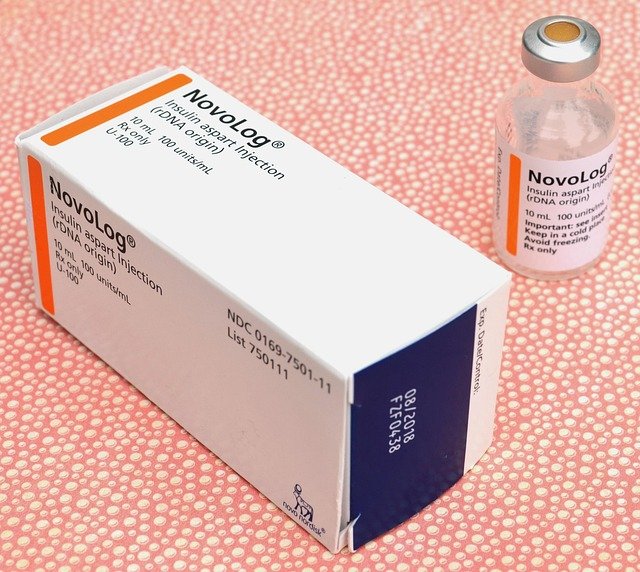Wall Panels: Types, Considerations, Trends, and Maintenance
Wall panels have become an increasingly popular choice for homeowners and designers looking to add style, functionality, and durability to various spaces. From bathrooms to living rooms, these versatile architectural elements offer a wide range of benefits. This article will explore the different types of wall panels, what to consider before purchasing, upcoming trends, and essential maintenance tips to keep your panels looking their best.

What are the different types of bathroom panels available?
Bathroom wall panels come in a variety of materials and styles to suit different tastes and needs. Some popular options include:
-
PVC Panels: Lightweight, water-resistant, and easy to install, PVC panels are a cost-effective choice for bathroom renovations.
-
Acrylic Panels: Known for their high-gloss finish and durability, acrylic panels are resistant to mold and mildew, making them ideal for wet areas.
-
Ceramic Tiles: A classic choice, ceramic tiles offer endless design possibilities and excellent water resistance.
-
Natural Stone Panels: For a luxurious look, natural stone panels like marble or granite provide elegance and unique patterns.
-
Wood-Look Panels: These panels mimic the appearance of wood while offering better moisture resistance, perfect for creating a warm ambiance in bathrooms.
What factors should you consider before buying wall panels?
Before investing in wall panels, it’s essential to consider several factors to ensure you make the right choice for your space:
-
Moisture Resistance: For bathrooms and kitchens, choose panels that can withstand high humidity and frequent water exposure.
-
Installation Method: Consider whether you prefer DIY-friendly options or if professional installation is necessary.
-
Maintenance Requirements: Some panels require more upkeep than others, so factor in long-term care when making your decision.
-
Aesthetic Appeal: Select panels that complement your existing décor and personal style.
-
Budget: Wall panels come in a range of price points, so determine your budget beforehand.
-
Durability: Consider the expected lifespan of the panels and their ability to withstand daily wear and tear.
What are the emerging trends in wall panels for 2025?
As we look ahead to 2025, several exciting trends are shaping the world of wall panels:
-
Sustainable Materials: Eco-friendly options made from recycled or renewable resources are gaining popularity.
-
Textured Panels: Three-dimensional and textured panels are becoming increasingly desirable for adding depth and interest to spaces.
-
Smart Panels: Integration of technology, such as built-in lighting or sound systems, is on the rise.
-
Large Format Panels: Oversized panels that create a seamless look with fewer joints are trending.
-
Biophilic Designs: Nature-inspired patterns and materials that bring the outdoors in are expected to grow in popularity.
How can you ensure proper maintenance and durability of wall panels?
To keep your wall panels looking their best and extend their lifespan, follow these maintenance tips:
-
Regular Cleaning: Wipe down panels with a soft, damp cloth and mild cleaning solution appropriate for the material.
-
Avoid Harsh Chemicals: Use gentle, non-abrasive cleaners to prevent damage to the panel surface.
-
Address Moisture Issues: In bathrooms, ensure proper ventilation to prevent mold and mildew growth.
-
Inspect and Repair: Regularly check for any damage or loose panels and address issues promptly.
-
Protect from Impact: Use care when moving furniture or objects near wall panels to avoid scratches or dents.
What unique benefits do wall panels offer for different spaces?
Wall panels offer various advantages depending on the room and application:
-
Bathrooms: Water-resistant panels provide a hygienic and easy-to-clean alternative to traditional tiles.
-
Living Rooms: Decorative panels can serve as stunning focal points or create an accent wall.
-
Kitchens: Durable panels behind cooking areas protect walls from splashes and are easy to wipe clean.
-
Bedrooms: Sound-absorbing panels can improve acoustics and create a more peaceful environment.
-
Commercial Spaces: Impact-resistant panels in high-traffic areas offer longevity and low maintenance.
How do wall panels compare in terms of cost and installation?
When considering wall panels, it’s important to compare costs and installation requirements across different options:
| Panel Type | Average Cost per sq ft | Installation Difficulty | Durability |
|---|---|---|---|
| PVC | $2 - $6 | Easy | Moderate |
| Acrylic | $4 - $12 | Moderate | High |
| Ceramic | $5 - $15 | Difficult | Very High |
| Stone | $15 - $50 | Difficult | Very High |
| Wood-Look | $3 - $10 | Easy to Moderate | Moderate |
Prices, rates, or cost estimates mentioned in this article are based on the latest available information but may change over time. Independent research is advised before making financial decisions.
Installation costs can vary significantly depending on the complexity of the project and whether professional installation is required. While some panels like PVC and wood-look options are often suitable for DIY installation, others like ceramic tiles and natural stone may require specialized skills and tools.
In conclusion, wall panels offer a versatile and attractive solution for enhancing various spaces in both residential and commercial settings. By considering the different types available, upcoming trends, and maintenance requirements, you can choose the perfect wall panels to suit your needs and style preferences. Whether you’re looking for a durable solution for a high-moisture environment or a decorative element to elevate your living space, there’s a wall panel option to meet your requirements.



